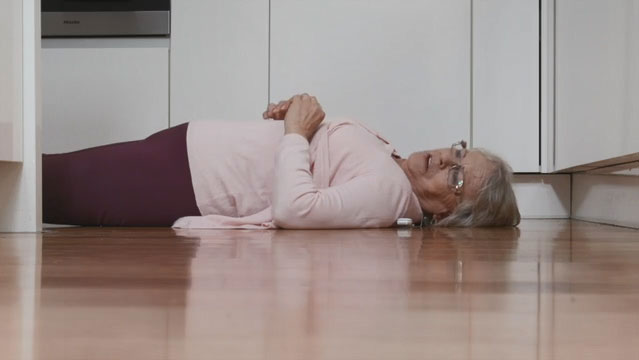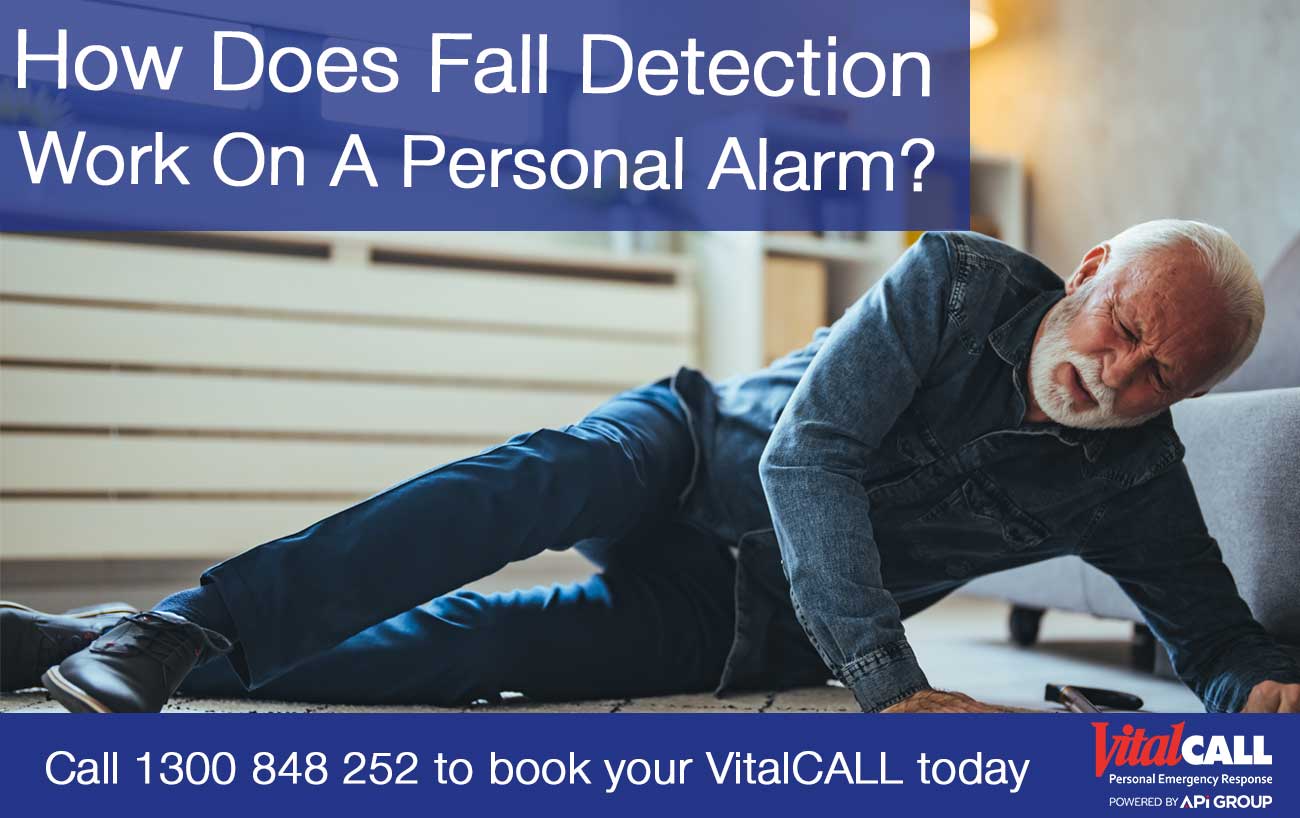Falls are Australia’s leading cause of injury requiring hospitalisation. Personal safety alarms with fall detection are increasingly popular among seniors and those with mobility issues who want to maintain their independence while also having an extra layer of protection in case of an emergency. But how do these devices actually work?
It’s a fascinating intersection of technology and human physiology, and the more you learn about it, the more perplexed and bursting with curiosity you may become.
At the heart of fall detection is the use of sensors, which are small devices that can detect changes in motion, orientation, and other physical parameters. Personal safety alarms with fall detection typically use a combination of sensors, including accelerometers and gyroscopes, to monitor the movements of the wearer.

Accelerometers
Accelerometers are sensors that can measure changes in acceleration, or how quickly an object is speeding up or slowing down. In personal safety alarms, they are usually three-axis accelerometers, which can measure changes in acceleration in three different directions: up-down, left-right, and front-back. This allows the device to detect movement in all directions, which is important for accurately identifying falls.
Gyroscopes
Gyroscopes, on the other hand, measure rotation or angular velocity. When combined with accelerometers, they can help distinguish between intentional movements (such as walking or running) and unintentional movements (such as falling). This is because when a person falls, their body is no longer moving in a controlled, intentional manner, but is instead tumbling or twisting in unexpected ways.
Machine Learning
The data from the sensors is then fed into algorithms that use machine learning and other techniques to analyze the movement patterns of the wearer. These algorithms can detect when a fall occurs by identifying certain patterns, such as a sudden drop in acceleration followed by a period of no movement.
False Alarms
One of the challenges of fall detection is distinguishing between a fall and other sudden movements that might cause the device to generate a false alarm. For example, if the wearer drops the device or bumps into something, it might generate a sudden change in acceleration that could be mistaken for a fall. To address this, the algorithms used in fall detection devices are designed to filter out these types of events and only generate an alert if they detect a specific pattern of movement that is consistent with a fall.
There are many factors that can influence the accuracy of fall detection. For example, the type of surface the wearer is on can affect the way a fall is detected. A fall onto a hard surface, such as concrete, might generate a different pattern of movement than a fall onto a soft surface, such as carpet. Similarly, the type of clothing the wearer is wearing can affect the accuracy of fall detection, as loose or bulky clothing might interfere with the sensors.
Despite these challenges, fall detection technology has come a long way in recent years and is now more accurate and reliable than ever before. In fact, many personal safety alarms with fall detection can detect falls with a high degree of accuracy and generate automatic alerts to designated contacts or emergency services.
One of the key advantages of fall detection technology is that it can provide peace of mind for both wearers and their loved ones. For seniors or those with mobility issues, the fear of falling can be a major source of anxiety, as falls can be a serious and even life-threatening event. By wearing a personal safety alarm with fall detection, they can feel more confident and secure knowing that help is just a button press away.
In addition, fall detection technology can also help caregivers or family members who are responsible for the safety of their loved ones. For example, if a senior lives alone, their family members might worry about them falling and being unable to call for help. By using a personal safety alarm with fall detection, they can monitor their loved one’s movements and receive automatic alerts if a fall occurs.
What are the stages of a fall when a fall detection device is worn?
When a fall detection device is worn, it typically uses a combination of sensors and algorithms to detect a fall. The process can be broken down into several stages:
- Pre-fall stage: This is the stage leading up to the actual fall. During this stage, the sensors in the fall detection device are monitoring the wearer’s movements, looking for any changes in acceleration, orientation, and other physical parameters that might indicate that a fall is imminent.
- Impact stage: This is the stage when the wearer actually falls. The fall detection device will detect a sudden change in acceleration or orientation that is consistent with a fall. For example, the device might detect a rapid deceleration or a sudden shift in the orientation of the wearer’s body.
- Tumble stage: This is the stage when the wearer is in the process of falling and tumbling to the ground. During this stage, the sensors in the fall detection device will continue to monitor the wearer’s movements, looking for any patterns that are consistent with a fall.
- Rest stage: This is the stage when the wearer comes to rest on the ground. During this stage, the sensors in the fall detection device will detect a period of no movement, indicating that the wearer has fallen and is no longer moving.
Once the fall detection device has detected a fall, it will typically generate an alert. This alert can take many forms, depending on the specific device and its features. For example, the device might generate an audible alarm, vibrate, or send a notification to a designated contact or emergency services. The exact response will depend on the device’s settings and the preferences of the wearer and their caregivers.
Conclusion
The Fall Detection feature of VitalCALL’s Pendants that include Fall Detection use many of these advanced features. By using sensors, data and machine learning, these devices can accurately detect falls and automatically send alerts to emergency services or designated contacts. This technology provides peace of mind for wearers and their loved ones and can be particularly helpful for seniors or those with mobility issues. While there are still some challenges to overcome in terms of accuracy and reliability, the development of fall detection technology is a promising step forward in the field of personal safety and wellbeing.

